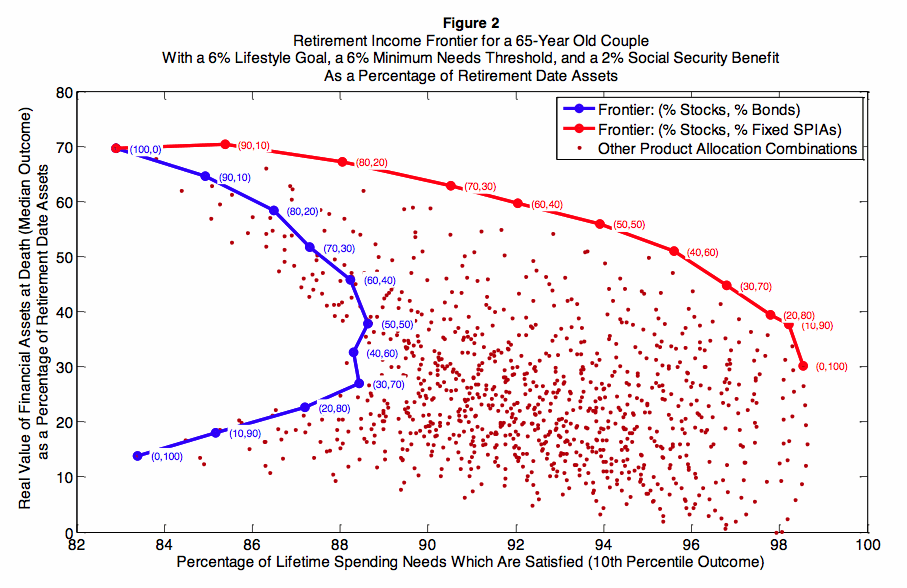
BOSTON—Lawrence Ford has had an epiphany. It was a moment of profound revelation that, curiously enough, struck about 15 minutes before he received a phone call for this story.
“It was one of those moments like, ‘You know what? I’m done,’” he recalled. “It’s time to start putting my message out a little bit more proactively. It’s not like I was hiding,” he said, “But I wasn’t being totally up front about it.”
Ford is the CEO of Blue Owl, a Connecticut-based technology and consulting firm specializing in advising financial service and insurance companies. He has built a long and estimable career in finance, as founder of the Ford Financial Group, as a member of the Citigroup Advisory Committee, as managing partner with the financial management firm Logicspan, and as a senior vice president at United Retirement Plan Consultants (formerly National Investment Managers).
He is also a shaman—a traditional, ritualistic healer who burns sage and uses yak beads to heal his patients of both psychological and physical ills. And while he hasn’t exactly hidden this fact (Ford, in regal headdress, was featured on the cover of the Washington Post magazine in 2008) he also hasn’t flaunted it before the Wall Street crowd.
Now, however, he said it’s time to come out—really come out. Henceforth, he’s wearing his shamanism on his sleeve.
And so Larry Ford, healer and mystic, has a divine message for the financial world generally and the retirement income industry in particular: Embrace your inner shaman. Find your purpose. Or else risk losing your soul… and perhaps a lot of clients, too.
“There is a wake-up call in the retirement industry today,” he said. “There are 10,000 people a day turning 65. That is fundamentally changing the industry. It’s changing the products we manufacture and sell, and it’s demanding that advisors of all different flavors change the way that they work with their customers.”

Ford, who also serves as co-chair of the Retirement Income Industry Association’s Member Services Business Unit, said that many companies have lost sight of why they exist. Instead, focused on quarterly returns and limiting costs, they have become so concerned with the accumulation of assets that they are ill-equipped to assist clients through a phase of life that calls for letting go of purely material pursuits.
Since many advisors’ own incomes depend on the level of client assets they accumulate, you don’t need a spirit guide to see there’s not a lot of incentive to whittle down resources, even if it’s in the clients’ best interests.
But here’s the opportunity: If advisors acted a little more like therapists and healers, accounting for a client’s goals and dreams as well as familial needs and obligations, then the simple act of advising would reach a new level of wisdom—and effectiveness.
“Any advisor who does this is going to have more clients than he can handle,” said Ford.
More tools are needed to help advisors in this task. “We need to expand the level of consciousness and move it from the realm of hard data to that of soft data,” said Ford. To this effect, Blue Owl (the name came to him while meditating) is developing predictive analytics software that might help companies grapple with what Ford calls “the emotional data” that informs investment choices.
By that he means the messy, real life conundrums—like when to put a parent in a nursing home, or how to handle a health crisis, or whether to travel around the world before infirmity sets in. By connecting to clients’ emotions, companies will better succeed at growing the client base and keeping customers, Ford said.
A near-death experience
At 50, tall and boyishly sincere, Ford admits that his interest in the esoteric long-preceded his interest in finance. His earliest recollection of the otherworldly came in grade school in Sudbury, Mass., where he often found himself drawing the outlines of a strange symbol in his notebook.
“I became obsessed with it,” he said. “Something came through to me. I knew that it was the most important thing I would ever need to know in life.”
Years later, during a Native American sweat lodge ceremony, he would finally discover the significance of the symbol after glimpsing it on a Tibetan prayer flag: It was the Bon symbol, signifying healing in the ancient shamanistic tradition of Tibet.
In high school, Ford barely survived a devastating car accident. “I was thrown out of the car and a couple of things happened. Time slowed down, which was a lesson about shift of consciousness. And something, somewhere, somehow, helped me.” The experience left him feeling more grounded in himself but less grounded in his milieu. After the accident, he said, he lived the next few years in “complete clarity, knowing who I was and feeling like a Martian in my high school.”
After college, unsure of his career path, Ford opted for finance. At age 26 he set up his own advising business. Within six years, it was a success. Meanwhile, he nurtured his spiritual side by practicing Tai Chi. As he drifted along in the financial world, he felt acutely aware that something was missing.
Even as he created the Client Conservation Corporation, a consulting company for financial service and technology companies, he also enrolled in a three-year course at the Institute for Healing Arts and Sciences in Bloomfield, Conn.
Tom Condron, vice president of Worksite Sales at LPL Financial, who worked with Ford in those days, saw that Ford had another, very intuitive dimension. “I knew he was not your average guy,” he said. In 2003, craving more authenticity in his life, Ford moved to the Virgin Islands with his wife and two kids. He continued his consulting business there but also became a resident shaman at a St. John resort.
By 2005, his marriage had ended in divorce, and he found that because of child custody schedules, he would have the month of August to himself. On a whim, he signed up for a trip led by California psychotherapist Larry Peters to meet the shamans of Nepal.
On this pilgrimage, every shaman he met told him he was a “true” shaman. “Some people have a natural visionary skill,” said Marti Spiegelman, who runs consciousness training sessions for business leaders and who was on the same trip. “Larry Ford is just one of those people.”
During the trip, he would meet Aama Bombo, a Nepalese shaman who initiated him into the shamanhood in a ritual that included dancing through the streets of Kathmandu. As Ford gamboled in his robes and bells, he said, “It was a weird combination of feeling ‘I’m home again’ and also totally ridiculous.”
A potential liability
In 2007, Ford moved back to Glastonbury, Conn., with his new partner Yvette, whom he met in St. John. Between her kids and his, he now had four children to support. Never one to completely eschew earthly riches (he drives a Mercedes, after all) he reentered more fully the world of finance.
He also began to see clients who would rely on him not for business advice, but for matters of the soul. Today, he still sees about six clients a week in his shamanistic practice, all referrals from therapists and psychologists. He’s also working on a book on shamanism.
It’s an odd balance, this life caught between the spiritual and the material. On the day I met Ford in the Boston offices of HengTian Services, an outsourcing company that collaborates with Blue Owl on software designed to capture “emotive feedback,” his colleagues seemed bemused by it all. HengTian Chairman Robert Williams, upon hearing that Ford was to be the subject of a profile asked slyly, “which aspect of Larry?”
Ford admits he is conflicted. Every day, he is reminded that his spirituality is “a liability.” Not long ago, Ford met with a large company interested in hiring Blue Owl as a consultant—until they found out about Ford’s shamanistic endeavors. In that moment of rejection, feeling naked and vulnerable, Ford decided he needed to fully honor his spirituality.
“I’m not interested in pushing dogmas or religions or practices,” he said. “That’s not who I am. “But [the financial world] needs healing. My job is not to go fix it all, but if I can be fully myself in what I do and bring a little bit of goodness where I go, then I’m doing what I’m here to do.”
© 2013 RIJ Publishing LLC. All rights reserved.



